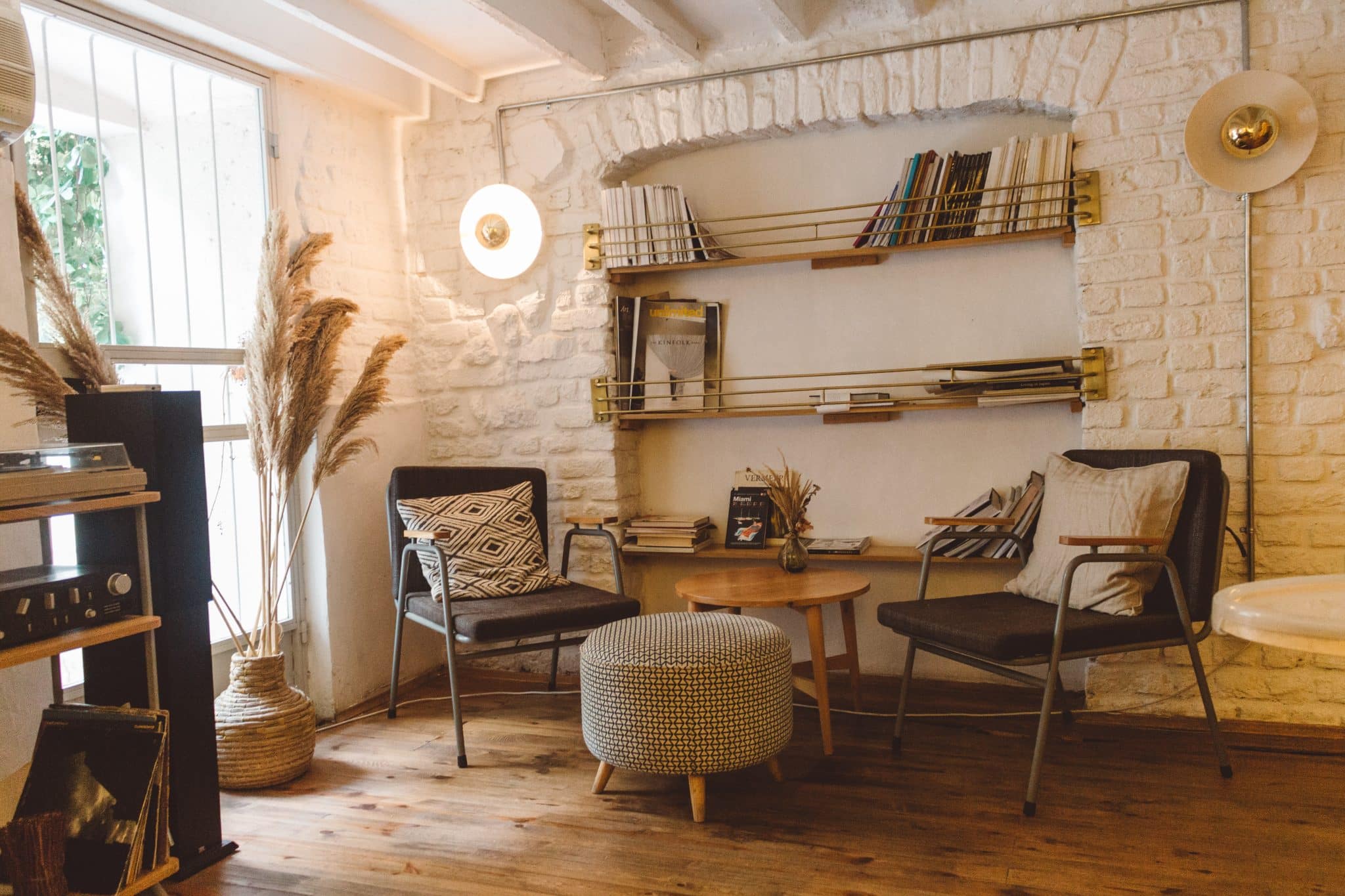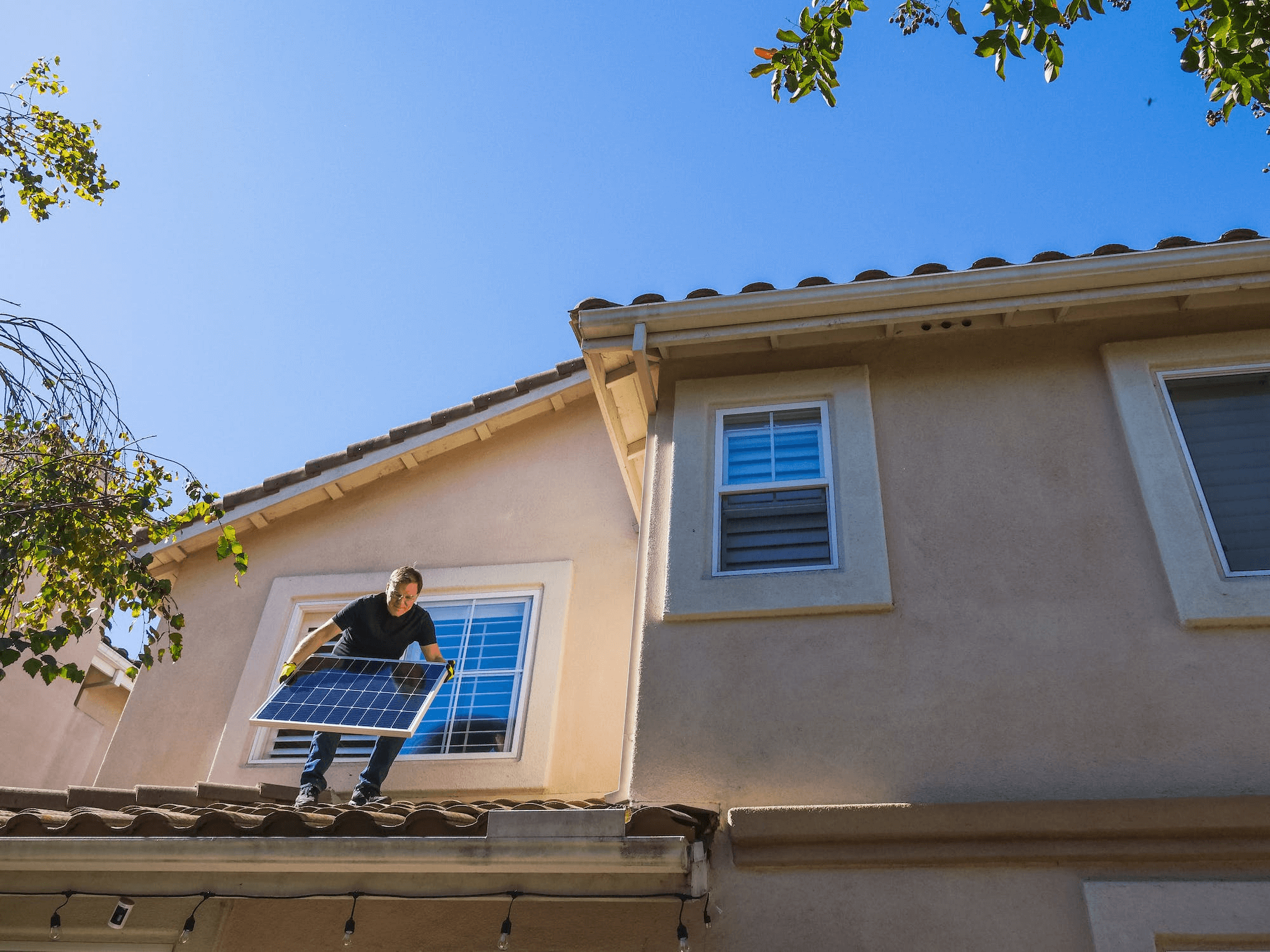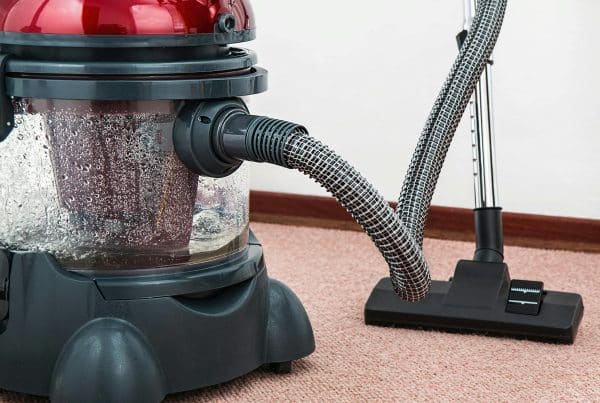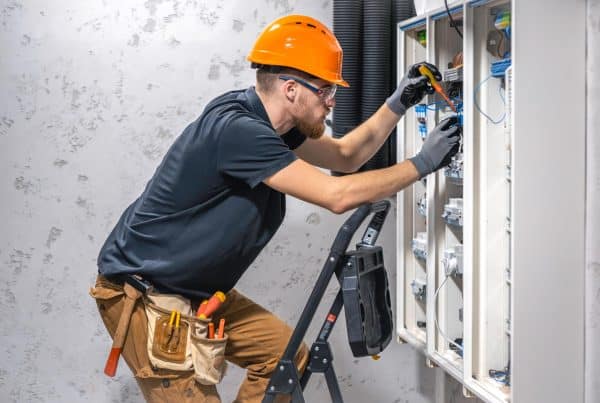Do you ever feel overwhelmed by clutter or feel like your home isn’t providing the peace and relaxation you need? Your home’s design and decor can significantly impact your mental and emotional well-being. Consider these six modern home upgrades if you want to update your home and create a more stress-free living space.
Freshen Up Your Walls
Modern design is all about simplicity, clean lines, and minimal fuss. One of the easiest ways to achieve this look is by refreshing your walls. Instead of busy patterns and murals, opt for neutral and restrained colors like shades of white, gray, beige, or taupe. These colors emphasize simplicity and cleanliness and provide a calming effect that can help reduce stress.
Colors can have a significant impact on your mood, so it’s essential to choose the right ones for your home. Neutral colors tend to be calming, while brighter hues can be energizing or even agitating. Choose colors that make you feel relaxed and at ease.
Get Rid of Clutter
Simplicity, cleanliness, and orderliness define modern design. In the ideal modern home, clutter should remain out of sight. Countertops, walls, and other visible areas in the house should be clutter-free. Clutter can have a negative impact on your mental health and well-being. It can make you feel overwhelmed, stressed, and anxious. You can create a more peaceful and relaxing environment by eliminating clutter and organizing your home.
Adding more storage to your home can help reduce clutter and promote organization. In particular, vertical storage can maximize space and make it easier to keep things tidy. You can create a more stress-free living environment by keeping your home organized and clutter-free.
Create Open Spaces
Modern design uses an open-plan layout to eliminate unnecessary structures and promote the free flow of air, light, and movement. There are little to no boundaries to separate common areas, such as the living room, dining room, and kitchen. Usually, only furnishing or visual distractions distinguish one area from another.
Open spaces can reduce stress by creating a feeling of freedom and expansiveness. They allow for better air circulation and natural light, boosting mood and energy levels. You can create a more calming and relaxing space by removing barriers and creating a more open layout.
Update Your Lighting
Good lighting is an essential component of modern homes. The style emphasizes a clean and bright interior, which is achieved by combining three basic types of lighting: ambient, accent, and task.
An overhead lighting fixture is the primary source of illumination, but it can cast shadows over corners. Floor lamps strategically placed along the edges of a room light up dark corners and provide better lighting for doing certain tasks, like reading, writing, or cooking. Track lighting and sconces can highlight artwork or architectural features in the home.
Lighting can have a significant impact on your mood and well-being. Bright, natural light can improve your mood and increase your energy levels. On the other hand, harsh or dim lighting can make you feel tired or anxious. Updating your home’s lighting can create a more inviting and relaxing space.
Make Your Home More Energy Efficient
Going green is good for the environment and can benefit your mental health and well-being. Here are a few ways to make your home more eco-friendly:
- Use LED light bulbs. According to the US Department of Energy, LED lights use “at least 75% less energy and last 25 times longer” than standard incandescent lights.
- Use Energy Star-certified appliances. These appliances are more energy-efficient, which means they use less power to function, create less pollution, and generate more savings on utility bills.
- Upgrade to a smart thermostat. Smart thermostats can be programmed to automatically adjust the temperature based on your schedule, saving energy and money on your utility bills.
- Insulate your home. Proper insulation can help keep your home warm in the winter and cool in the summer, reducing the amount of energy needed to heat or cool your home.
- Choose energy-efficient windows. Energy-efficient windows can help keep your home comfortable and reduce your energy bill. Look for windows with the ENERGY STAR label.
Making your home more energy-efficient is one of the best ways to reduce your carbon footprint and save money on energy bills. When you know that you’re doing your part to protect the environment and save money, you feel good about yourself and your choices, which can lead to less stress and anxiety.
Go Solar
Photo by Kindel Media from Pexels: https://www.pexels.com/photo/a-man-standing-on-the-roof-while-holding-a-solar-panel-9875414/
Going solar is another great way to upgrade your home while reducing your carbon footprint and saving money on electricity bills. Installing residential solar panels is a long-term investment that will pay off in the years to come.
Solar panels generate electricity by capturing energy from the sun and converting it into usable electricity. This clean and renewable energy source is a great way to power your home while
reducing reliance on fossil fuels.
To install solar panels, you’ll need to hire a professional contractor who can assess your home’s energy needs and recommend the right system for your home. Solar panels require minimal maintenance and have a lifespan of 25 to 30 years, making them a cost-effective solution for homeowners who want to reduce their energy bills and carbon footprint.
Wrapping Up
A healthy, stress-free mental state goes beyond following healthy lifestyle habits and boosting your mood, memory, and body with supplements. Your immediate environment also plays a key role. Upgrading your home can be a great way to create a stress-free living space that promotes relaxation and well-being.
Modernize your home, reduce clutter, create open spaces, improve your lighting, and go green while saving money on your energy bills. Remember, your home is your sanctuary; it should be a place where you feel comfortable, calm, and relaxed. Investing in your home’s design and functionality can create a space that promotes wellness, happiness, and a stress-free lifestyle.









